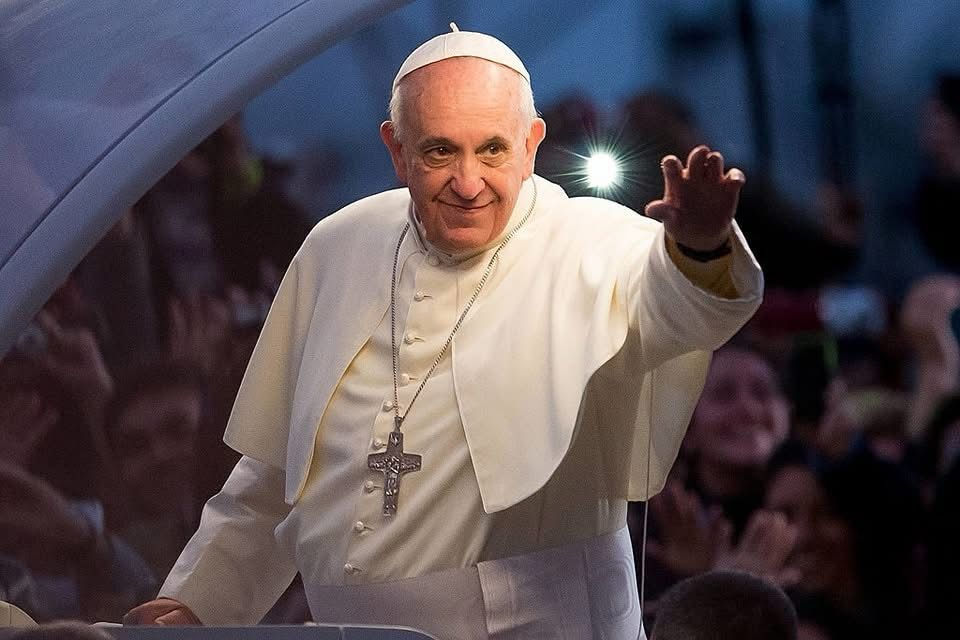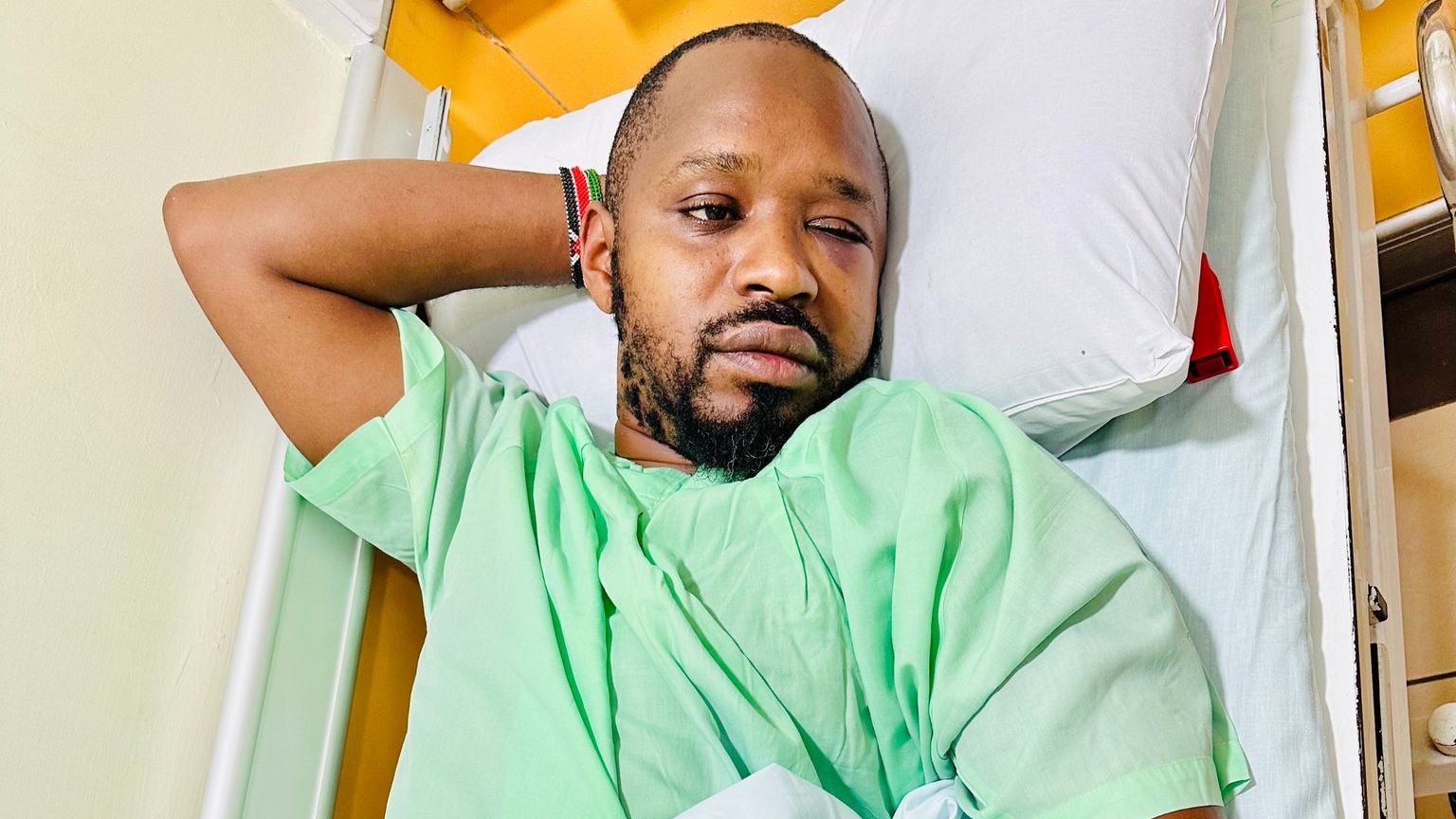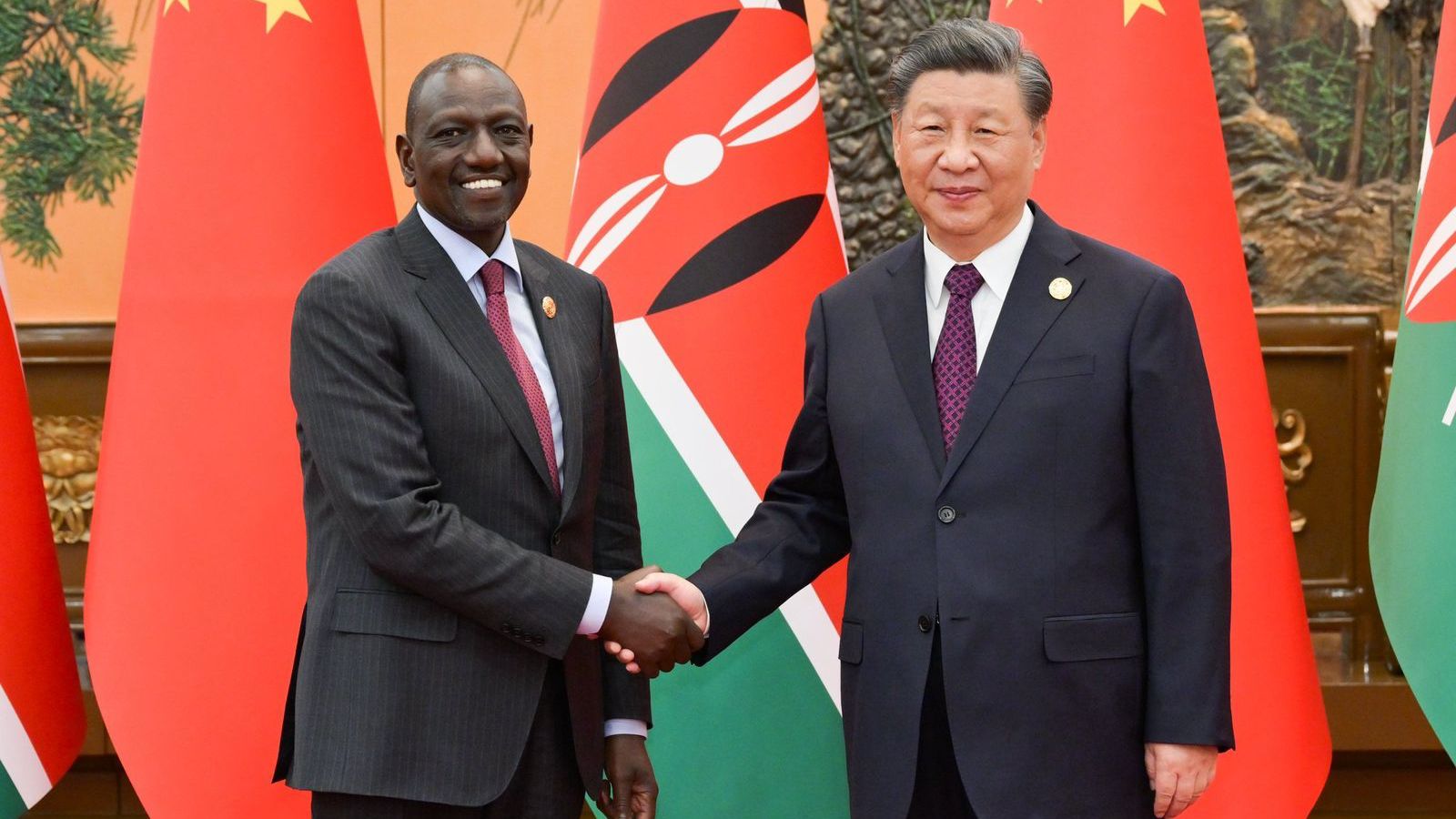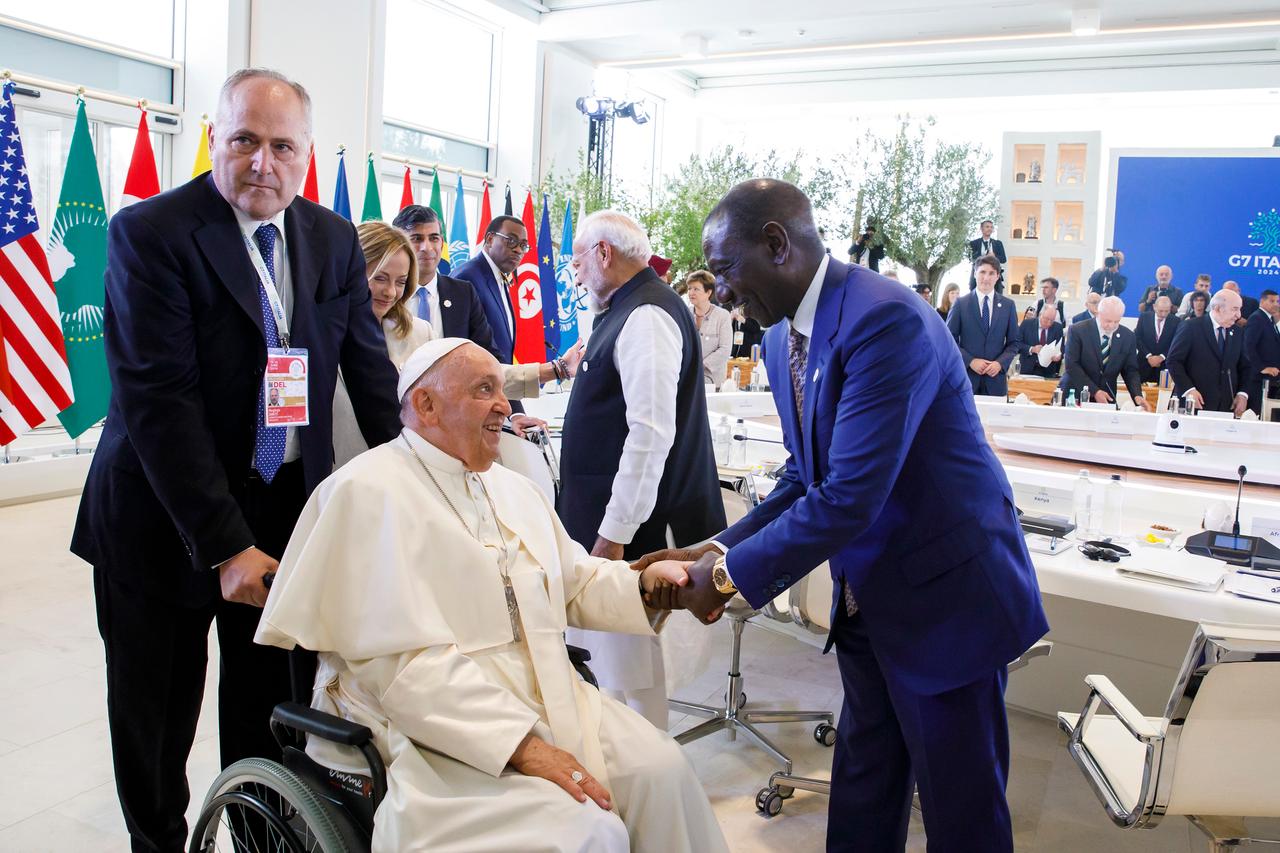The death of Pope Francis on Monday, April 21, marked the end of his papacy and initiated a series of solemn rites, although he had reformed many of the rituals.
However, upon the death of a pope, the Camerlengo, the official responsible for managing the Church's affairs during the interregnum, confirms the death in the pope's private chapel.
This verification involves calling the pope's baptismal name three times without response and may include a symbolic act such as striking the forehead with a silver hammer.
Following confirmation, the Camerlengo oversees the destruction of the Fisherman's Ring and the papal seal to prevent misuse.
The pope's body is then prepared for public viewing.
Read More
Traditionally, the body lies in state within St. Peter's Basilica, allowing the faithful to pay their respects.
In recent reforms, the body is placed directly into a simple wooden coffin lined with zinc, eliminating the previous practice of using three nested coffins made of cypress, lead, and oak.
The funeral nass is typically held within four to six days after death, often in St. Peter's Square to accommodate large crowds.
The liturgy highlights the pope's role as a servant of Christ and the Church, focusing on themes of resurrection and eternal life.
After the mass, the coffin is interred in a location chosen by the pope, which may be within the Vatican or another significant site.
Following the burial, the Church observes the novemdiales, a nine-day period of mourning with daily masses.

How the Catholic Church elects a new pope
Following the death of a pope, the Catholic Church initiates the conclave, a centuries-old, highly secretive process to elect a new pontiff.
The conclave begins 15 to 20 days after the pope's death, allowing time for mourning and for cardinals worldwide to arrive in Rome.
Only cardinals under the age of 80 are eligible to vote, with a maximum of 120 electors participating.
They convene in the Sistine Chapel, where they are isolated from the outside world to maintain confidentiality.
Voting occurs twice daily, with each cardinal writing the name of their chosen candidate on a ballot inscribed with 'I elect as Supreme Pontiff.'
Three scrutineers count the votes, and a two-thirds majority is required for election.
After each round, ballots are burned; black smoke indicates no decision, while white smoke announces a successful election.
Upon achieving the necessary majority, the elected cardinal is asked if he accepts the role; if he agrees, he chooses a papal name and dons the papal vestments in the Room of Tears.
The senior cardinal deacon then proclaims Habemus Papam from the balcony of St. Peter’s Basilica, introducing the new pope.





